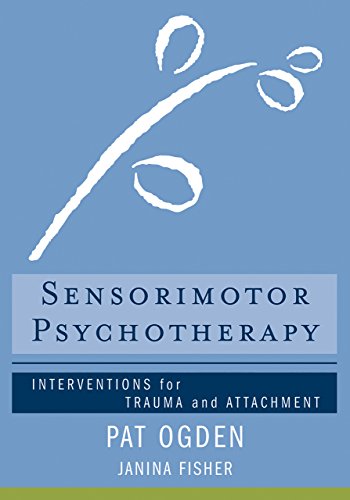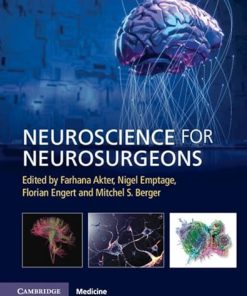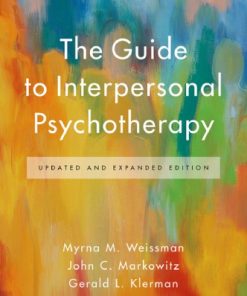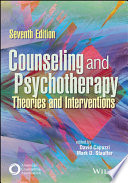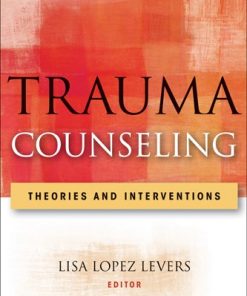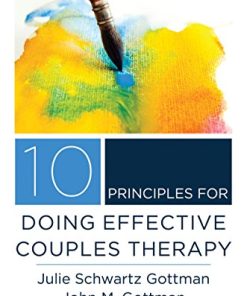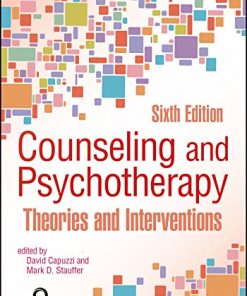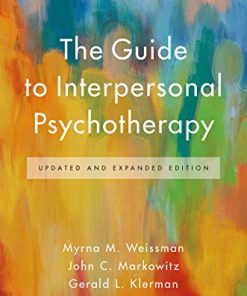Sensorimotor Psychotherapy: Interventions for Trauma and Attachment (Norton Series on Interpersonal Neurobiology) Csm Edition, (Ebook PDF)
$50.00 Original price was: $50.00.$25.00Current price is: $25.00.
Sensorimotor Psychotherapy: Interventions for Trauma and Attachment (Norton Series on Interpersonal Neurobiology) Csm Edition, (Ebook PDF) – Digital Instant Dowload.
Sensorimotor Psychotherapy: Interventions for Trauma and Attachment (Norton Series on Interpersonal Neurobiology) Csm Edition, (Ebook PDF) – Digital Instant Dowload.
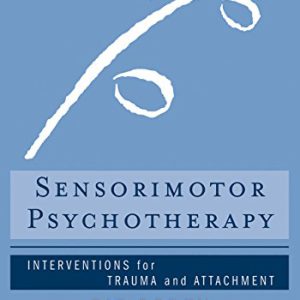
Product details:
- ISBN-10 : 0393706133
- ISBN-13 : 978-0393706130
- Author: Pat Ogden Ph.D. (Author), Janina Fisher (Author)
The body’s intelligence is largely an untapped resource in psychotherapy, yet the story told by the “somatic narrative”– gesture, posture, prosody, facial expressions, eye gaze, and movement — is arguably more significant than the story told by the words. The language of the body communicates implicit meanings and reveals the legacy of trauma and of early or forgotten dynamics with attachment figures. To omit the body as a target of therapeutic action is an unfortunate oversight that deprives clients of a vital avenue of self-knowledge and change.
Written for therapists and clients to explore together in therapy, this book is a practical guide to the language of the body. It begins with a section that orients therapists and clients to the volume and how to use it, followed by an overview of the role of the brain and the use of mindfulness. The last three sections are organized according to a phase approach to therapy, focusing first on developing personal resources, particularly somatic ones; second on utilizing a bottom-up, somatic approach to memory; and third on exploring the impact of attachment on procedural learning, emotional biases, and cognitive distortions. Each chapter is accompanied by a guide to help therapists apply the chapter’s teachings in clinical practice and by worksheets to help clients integrate the material on a personal level.
Table of contents:
Section One: Getting Started
Chapter 1: Essential Principles
Chapter 2: Orientation for Therapists
Chapter 3: Orientation for Clients
Section Two: Basic Concepts and Skills
Chapter 4: The Wisdom of the Body, Lost and Found
Chapter 5: The Language of the Body: Procedural Learning
Chapter 6: Pay Attention: The Orienting Response
Chapter 7: Mindfulness of the Present Moment
Chapter 8: Directed Mindfulness and Neuroplasticity
Chapter 9: The Triune Brain and Information Processing
Chapter 10: Exploring Body Sensation
Chapter 11: Neuroception and the Window of Tolerance
Chapter 12: Three Phases of Therapy
Section Three: Phase 1: Developing Resources
Chapter 13: Appreciating Your Strengths: Survival and Creative Resources
Chapter 14: Taking Inventory: Categories of Resources
Chapter 15: Somatic Resources
Chapter 16: Grounding Yourself
Chapter 17: Core Alignment: Working with Posture
Chapter 18: Using Your Breath
Chapter 19: A Somatic Sense of Boundaries
Chapter 20: Developing Missing Resources
Section Four: Phase 2: Addressing Memory
Chapter 21: Implicit Memory and Your Resource Repertoire
Chapter 22: Reconstructing Memory: Finding Resources in a Painful Past
Chapter 23: Dual Awareness of Past and Present
Chapter 24: Sliver of Memory
Chapter 25: Restoring Empowering Action
Chapter 26: Recalibrating Your Nervous System: Sensorimotor Sequencing
Chapter 27: Emotions and Animal Defenses
Section Five: Phase 3: Moving Forward
Chapter 28: The Legacy of Attachment
Chapter 29: Beliefs and the Body
Chapter 30: Making Sense of Emotions
Chapter 31: Moving through the World: How We Walk
Chapter 32: Boundary Styles in Relationships
Chapter 33: Connecting with Others: Proximity-Seeking Actions
Chapter 34: Play, Pleasure and Positive Emotions
Chapter 35: Challenging Your Window of Tolerance
Title tag
Sensorimotor Psychotherapy for Trauma and Attachment – Norton Interpersonal Neurobiology Series Ebook
Overcome Trauma with Sensorimotor Psychotherapy – Interactive Ebook on Neurobiology and Attachment
Master Sensorimotor Interventions with Norton’s Ebook on Trauma and Attachment Psychotherapy
You may also like…
Medicine - Neurology
Neuroscience for Neurosurgeons 1st Edition by Farhana Akter 1108918468 9781108918466
Psychology - Psychotherapy
The guide to interpersonal psychotherapy Klerman 1st edition
Psychology - Psychotherapy
Counseling and psychotherapy : theories and interventions 7th Edition
Erotica - Fiction
Uncategorized
Uncategorized


